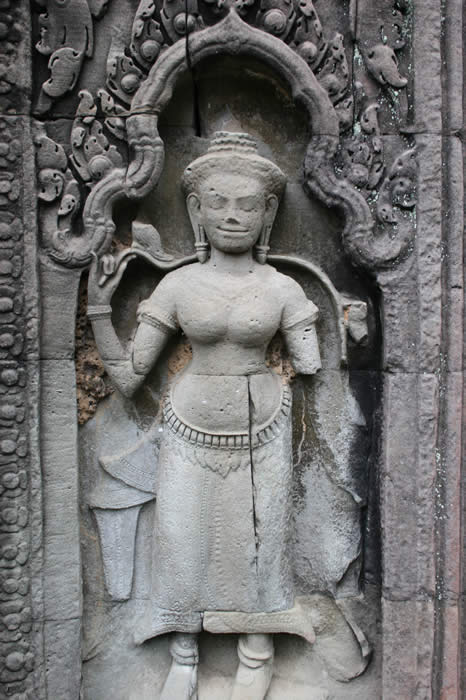and surrounding areas a series of photographs by Lee van Laer Located in Siem Reap, Cambodia, Angkor Wat is one of the world's largest temple complexes. The surrounding area has many thousands of related structures, representing one of the most densely populated lost civilizations in the world. Having left few written records, and few reports from outside societies about their activities or culture, it has been left to later civilizations to interpret what they can from the ruins. The intention of this web site is to introduce readers to a visual impression of the area. Links are provided for those who want to read about it in more detail. |
|
Pre Rup and East Mebon |
|
Pre Rup was the state temple of King Rajendravarman, built around 961 a.d. The modern name means 'turning the body," a reference to a cremation rite. |
|
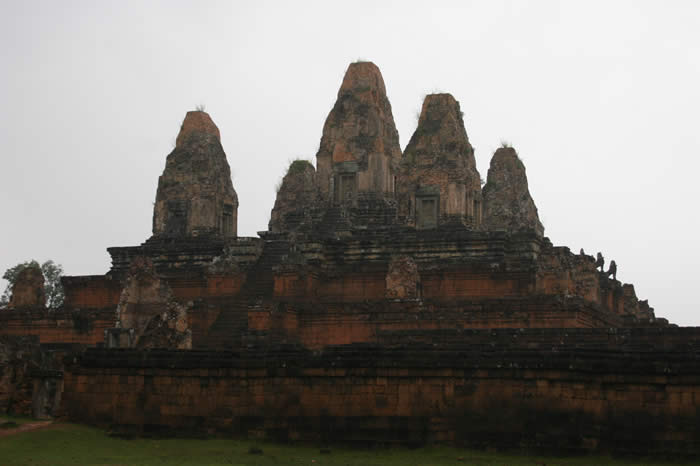 |
|
We visited Pre Rup on a moody, wet afternoon. The city which was built around this temple has completely disappeared. |
|
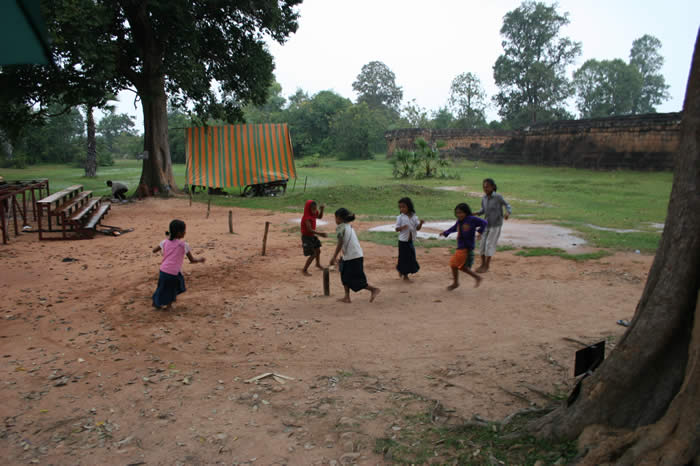 |
|
Children are a frequent sight around all the popular ruins, hawking T-shirts and inexpensive jewelry. Like children everywhere, however, they take time off from the arduous task of working the tourists to play. |
|
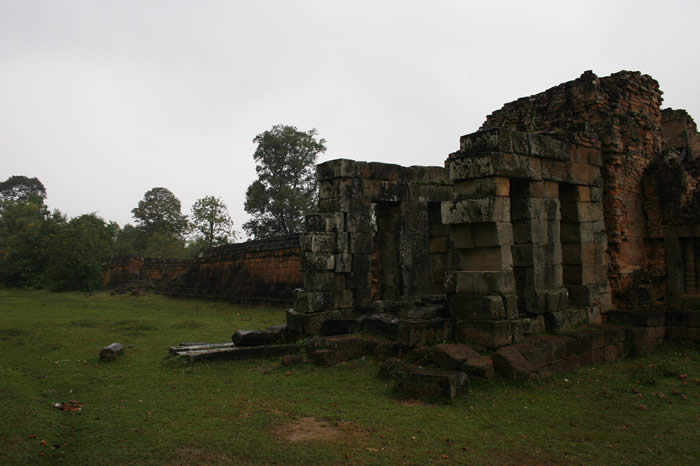 |
|
The crumbling outer wall of Pre Rup |
|
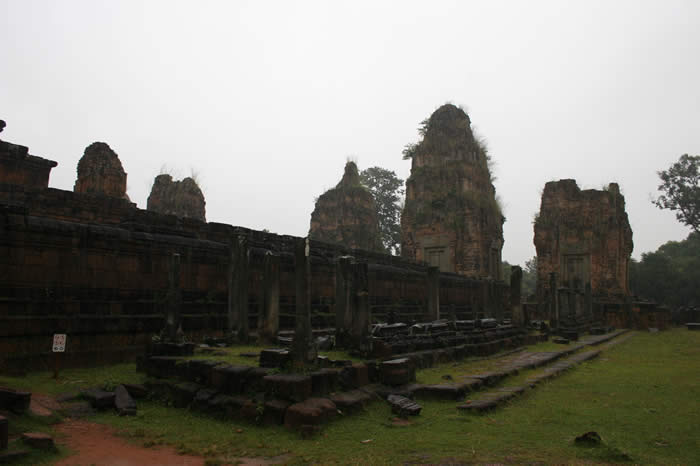 |
|
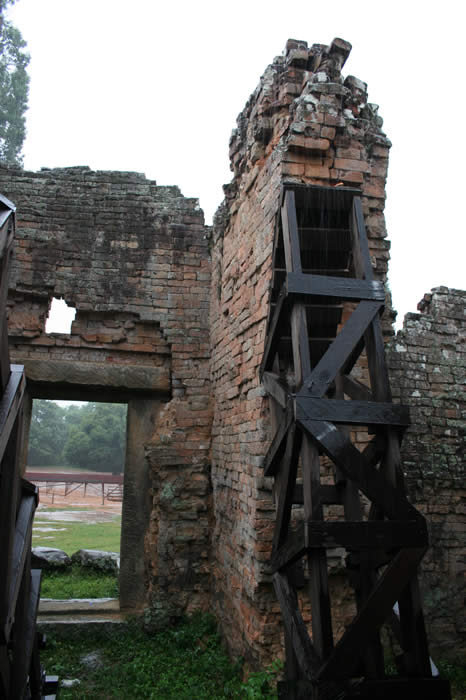 |
|
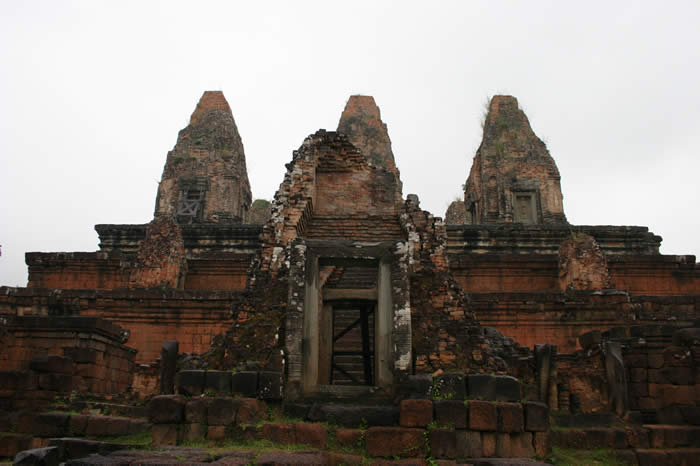 |
|
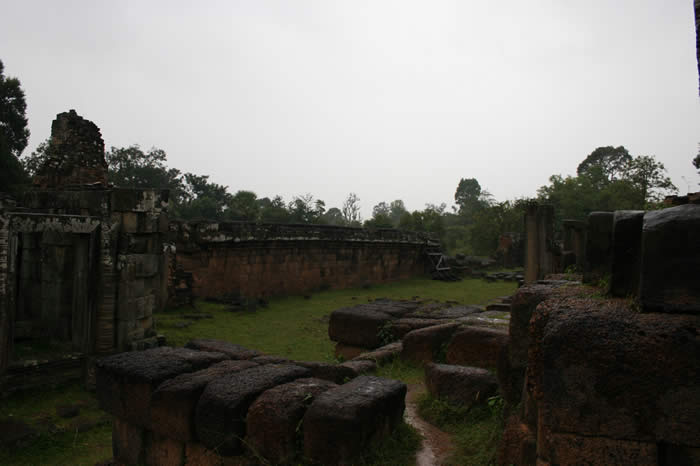 |
|
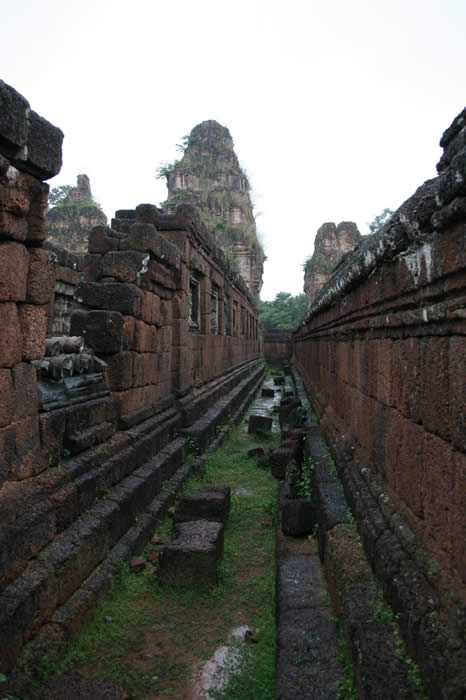 |
|
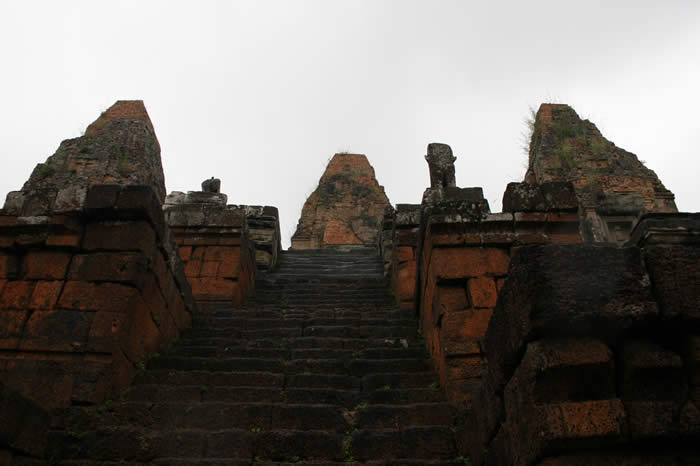 |
|
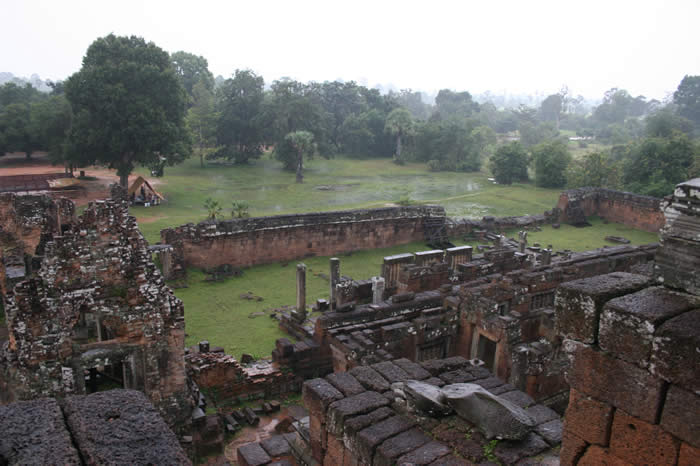 |
|
A view from the top |
|
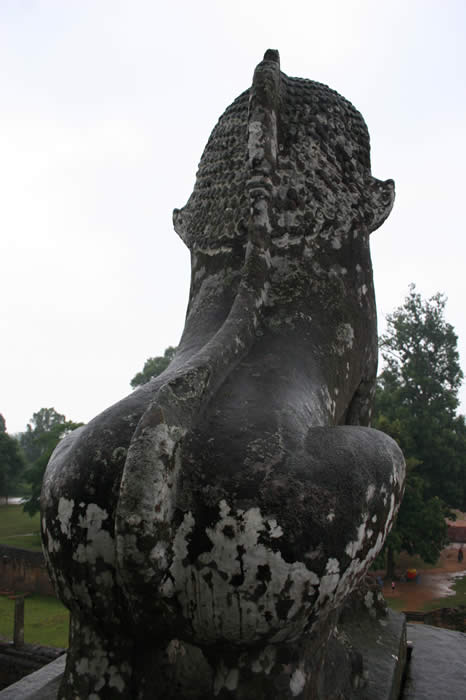 |
|
Crumbling lions supervise the area. |
|
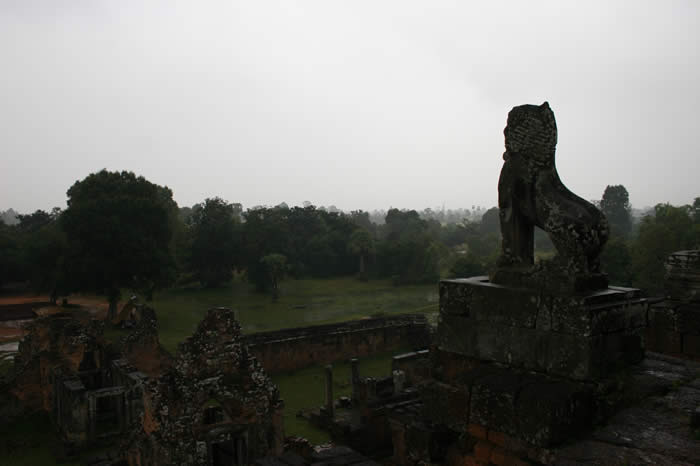 |
|
They create a stately atmosphere... |
|
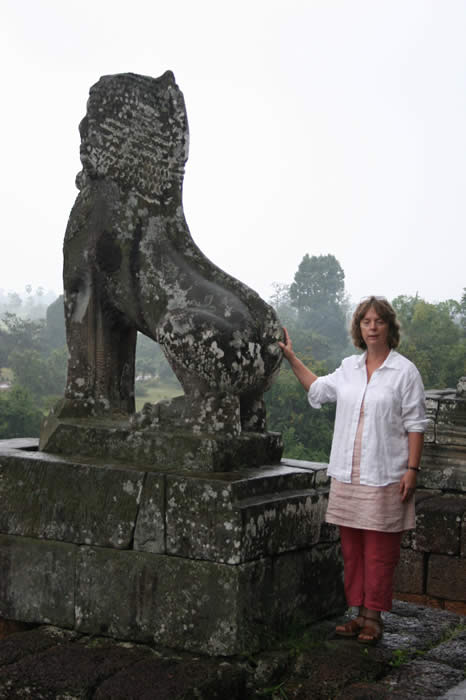 |
|
Despite their age and condition, their sheer size confers a considerable authority on them. |
|
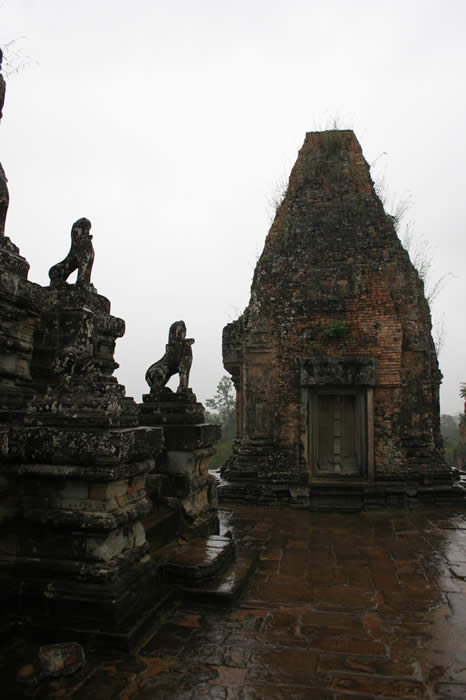 |
|
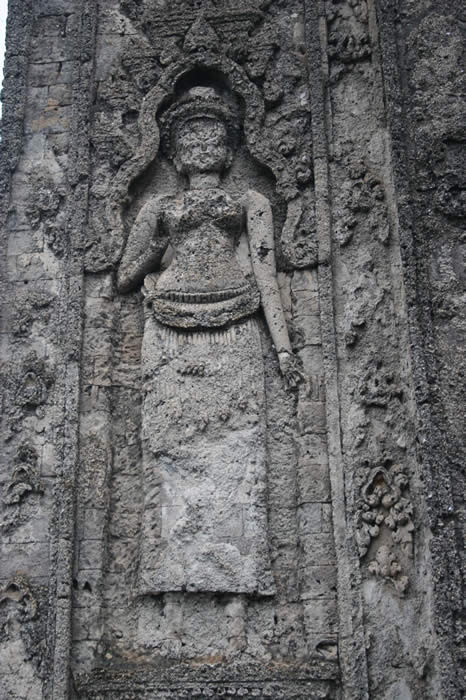 |
|
A dilapidated apsara creates a ghostly impression |
|
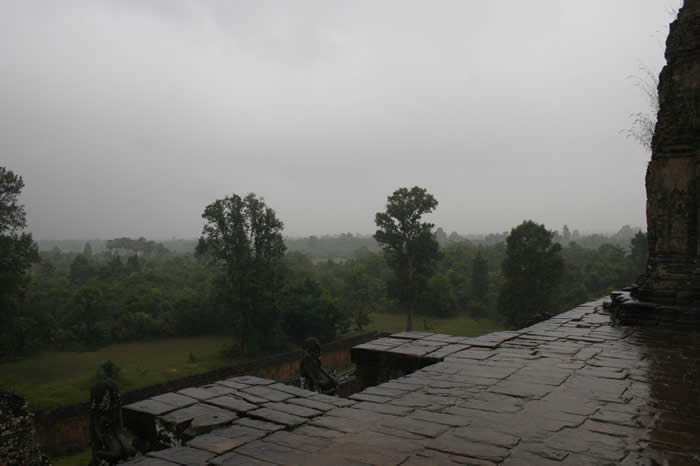 |
|
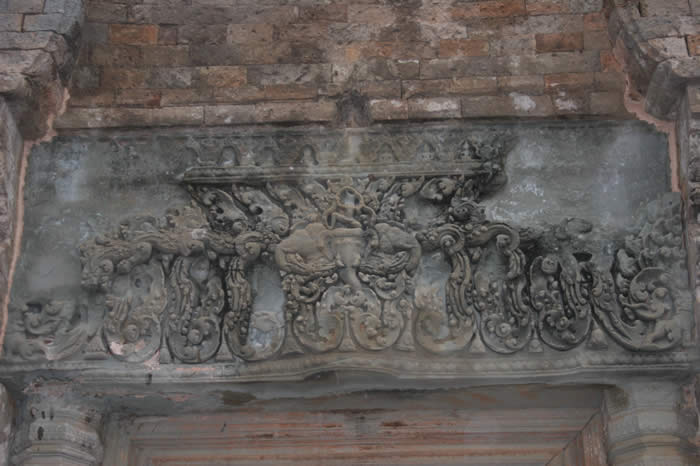 |
|
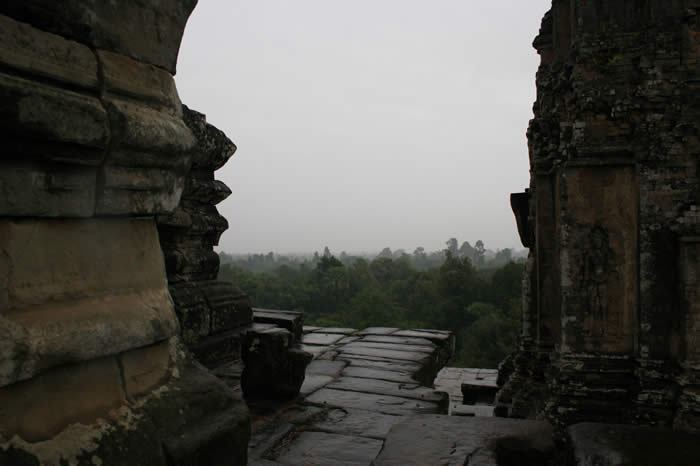 |
|
 |
|
What little remains of the architectural details implies this was a lavishly decorated temple. |
|
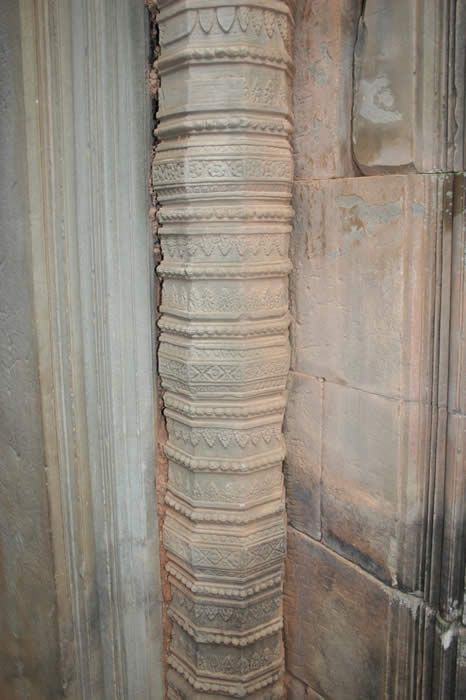 |
|
East Mebon |
|
The reservoir around East Mebon was once capable of holding 55 million cubic meters of water. Now completely dry, it was built around 900 A.D. The temple is notable for its stone elephants and some finely carved lintels.. |
|
 |
|
 |
|
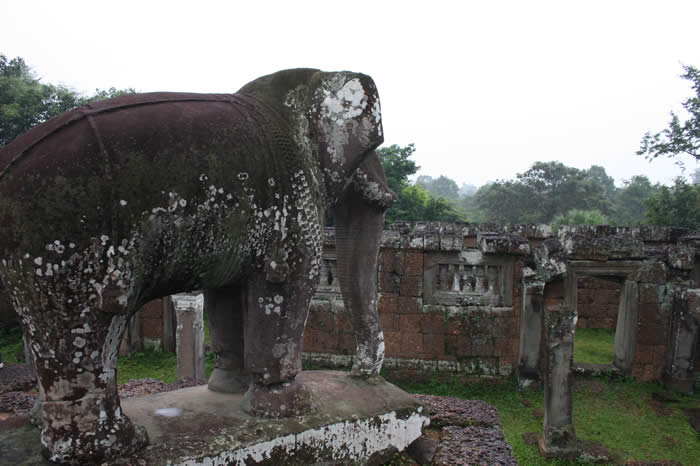 |
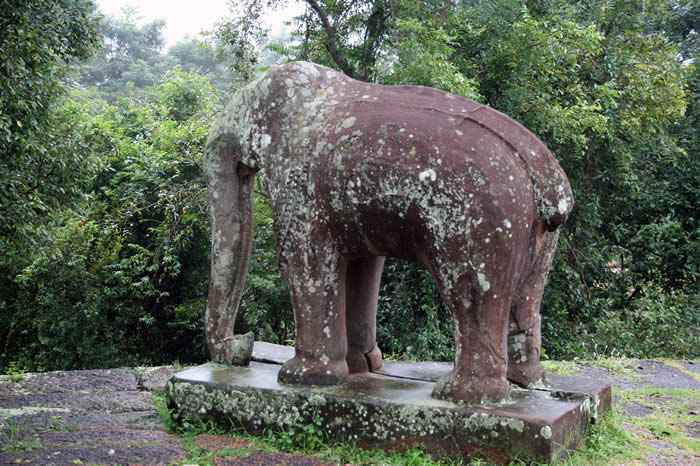 |
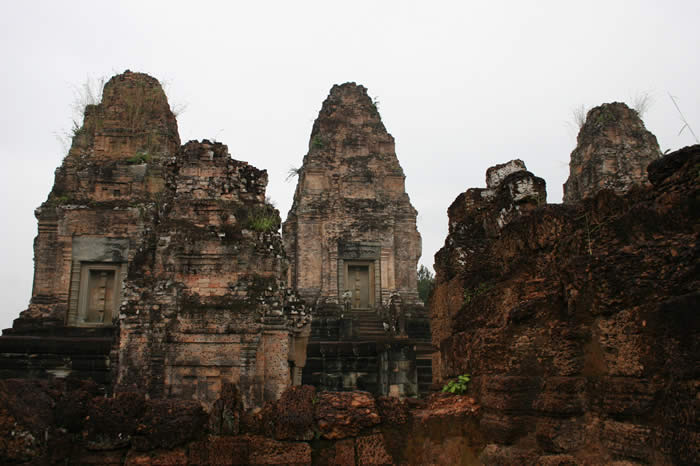 |
|
 |
|
 |
|
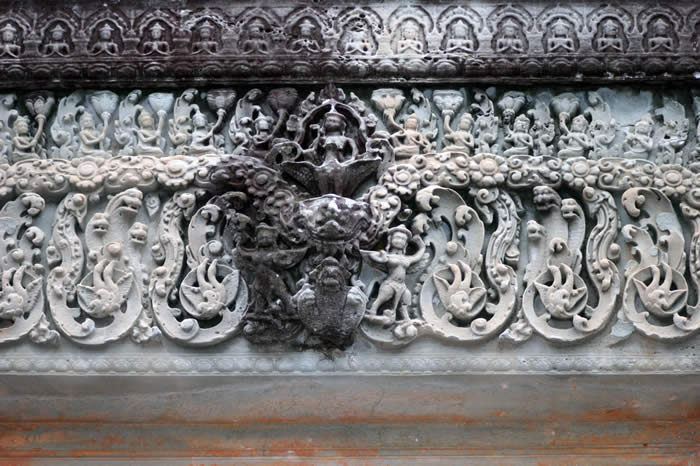 |
|
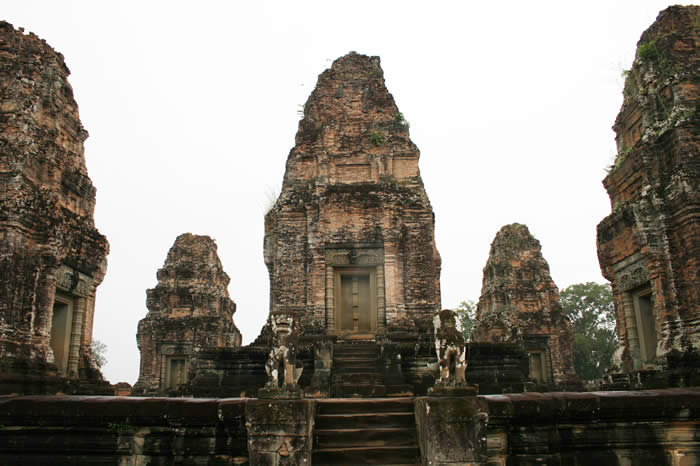 |
|
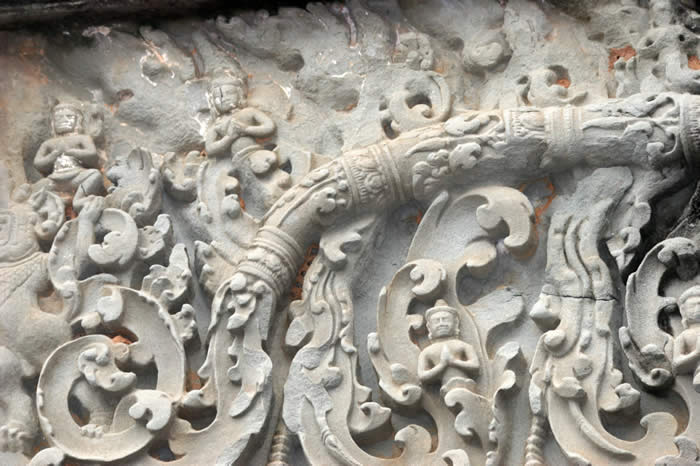 |
|
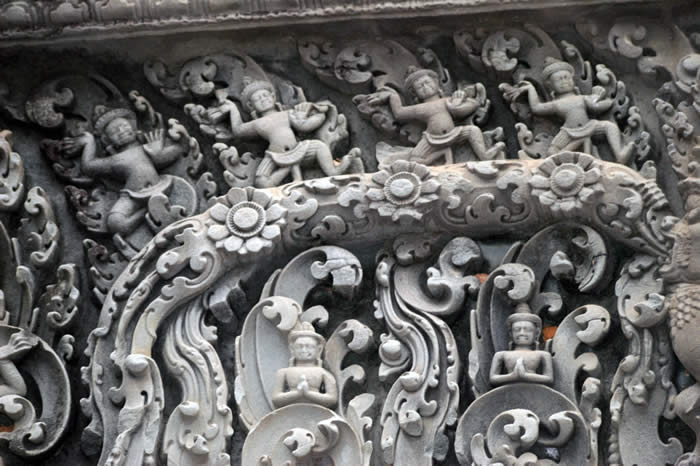 |
|
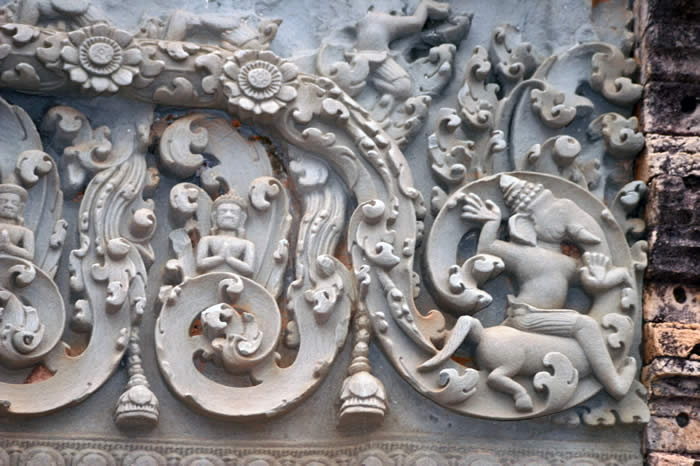 |
|
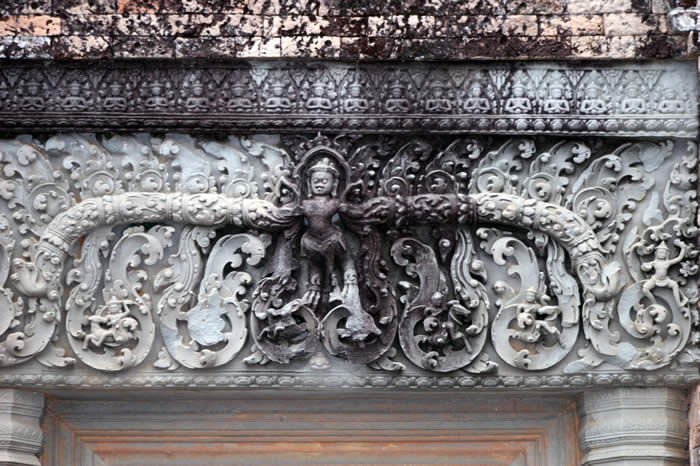 |
|
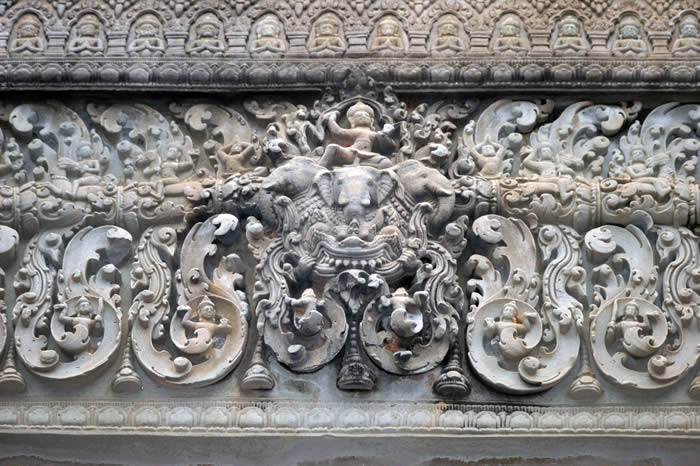 |
|
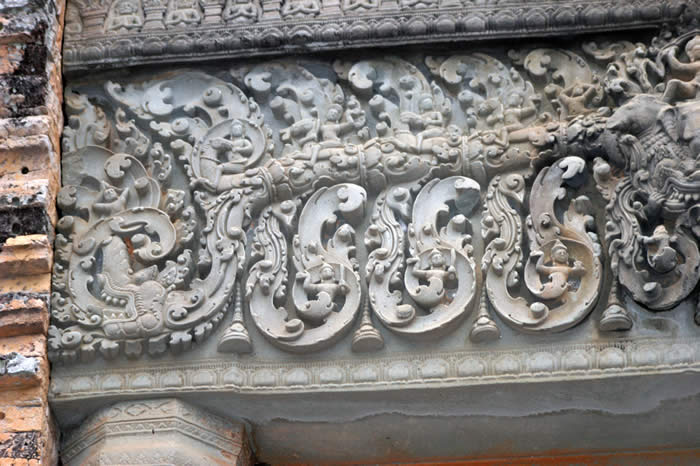 |
|
 |
|
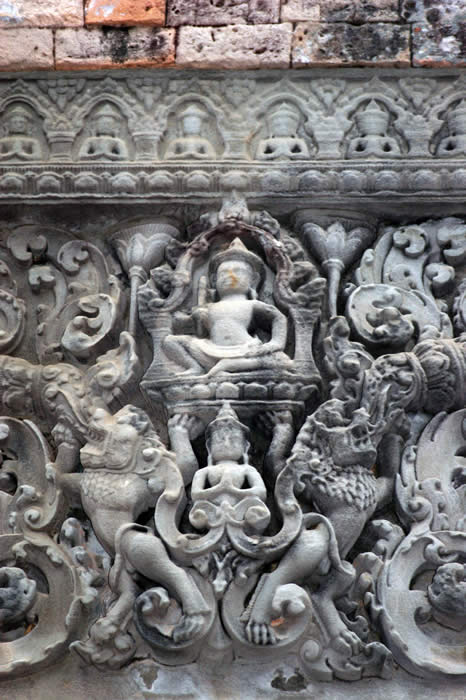 |
|
|
Nefersweetie an incidental web space created and supervised by Lee van Laer |
